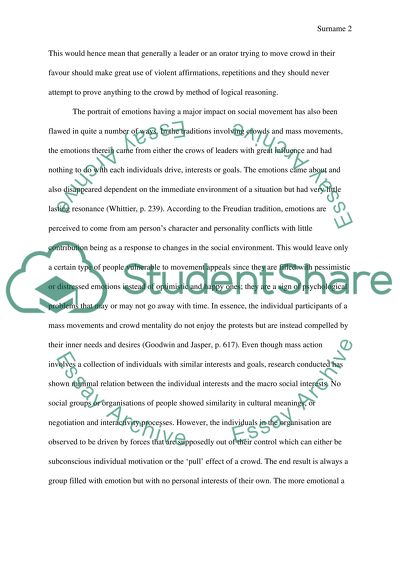Cite this document
(“Essay Sociology of emotions Example | Topics and Well Written Essays - 2000 words”, n.d.)
Essay Sociology of emotions Example | Topics and Well Written Essays - 2000 words. Retrieved from https://studentshare.org/sociology/1487215-essay-sociology-of-emotions
Essay Sociology of emotions Example | Topics and Well Written Essays - 2000 words. Retrieved from https://studentshare.org/sociology/1487215-essay-sociology-of-emotions
(Essay Sociology of Emotions Example | Topics and Well Written Essays - 2000 Words)
Essay Sociology of Emotions Example | Topics and Well Written Essays - 2000 Words. https://studentshare.org/sociology/1487215-essay-sociology-of-emotions.
Essay Sociology of Emotions Example | Topics and Well Written Essays - 2000 Words. https://studentshare.org/sociology/1487215-essay-sociology-of-emotions.
“Essay Sociology of Emotions Example | Topics and Well Written Essays - 2000 Words”, n.d. https://studentshare.org/sociology/1487215-essay-sociology-of-emotions.


